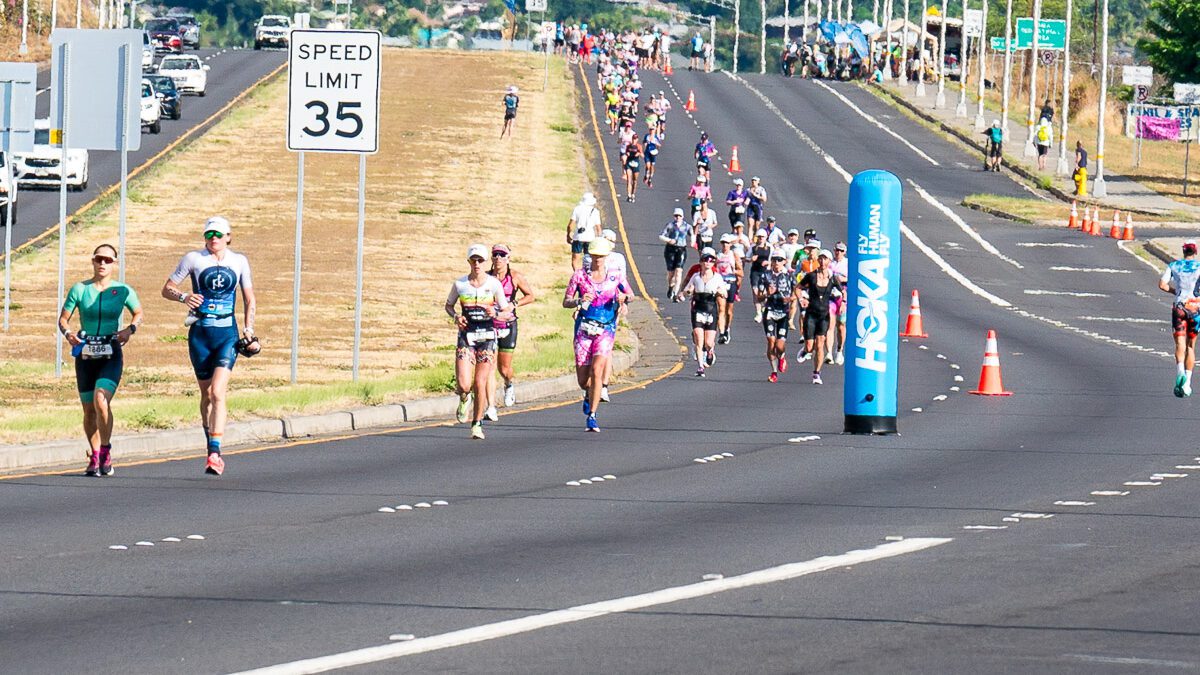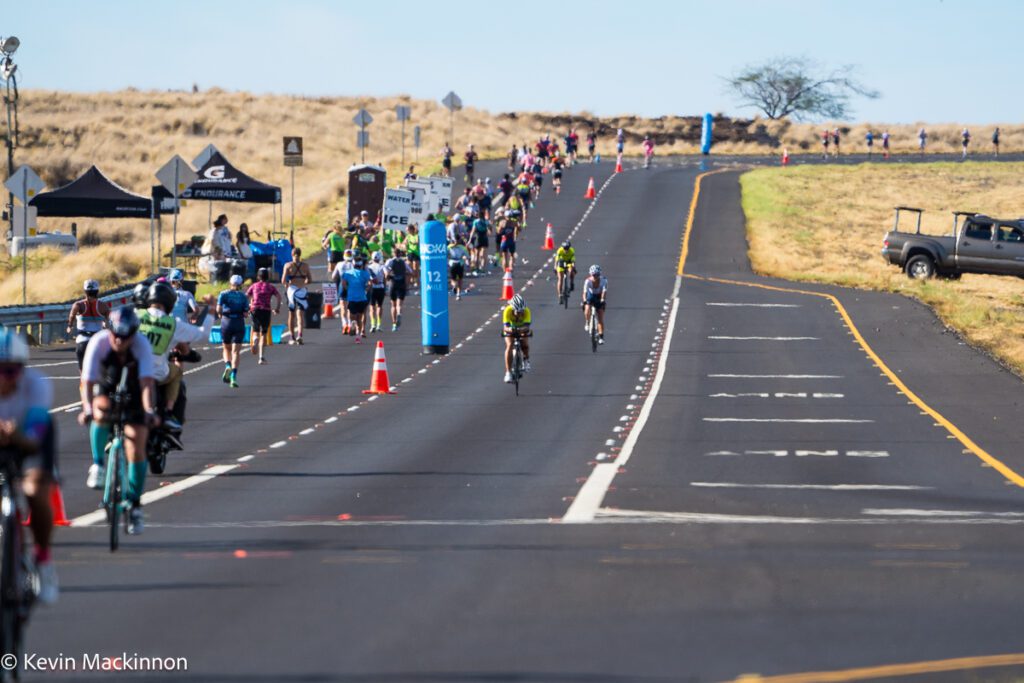Three run workouts that will get you a marathon PB in your next Ironman
Speed sessions designed to get you faster at the end of a long-distance race
 Photo by:
Kevin Mackinnon
Photo by:
Kevin Mackinnon
If your goal this season is to run your fastest marathon split during a long-distance triathlon, one of these speedy track sessions will definitely help. Renowned coach and author Greg McMillan explains on his website that runners (and triathletes) who are aiming to improve (rather than to simply complete the iconic distance) should be focused on speed sessions tailored specifically to the marathon.
McMillan recommends including at least one workout per week that focuses on building the stamina (lactate threshold) and speed (VO2 max) you’ll need to blast to a marathon PB – whether it is in a straight marathon or part of your next Ironman race. While these sessions are designed for runners, they’ll certainly help triathletes achieve their marathon goals, too. That said, multisport athletes will want to temper the volume and speed depending on the demands of their swim and bike training.

Quarters
McMillan says that one key of fast marathoning is running economy—the amount of oxygen required to run at a given pace. “Improve your economy and your carbohydrate stores are used less quickly, giving you power at the end of the race,” he explains. This session will boost your running economy and build your VO2 max, while also making your marathon pace feel easier.
- Warm up with 10 minutes of easy running.
- Run 16 to 20 x 400m, with a 400m recovery jog.
- Cool down with 10 minutes of easy running.
Run each 400m at 5K pace or slightly faster, with a lap of recovery running in between. “Each lap shouldn’t feel super hard, but the accumulation of doing 16 to 20 repetitions will build your fatigue resistance,” McMillan says.
Tempo interval session
Work on running at a strong, steady pace and focus on the volume of running in this workout, not hitting a target speed. McMillan suggests runners aim to complete at least four and up to five repetitions, and making the last two the strongest.
- Warm up with 10 minutes of easy running.
- 4 to 5 x 2 km, with 400m recovery jog
- Cool down with 10 minutes of easy running.
“Many runners find that starting this workout at half-marathon pace and progressing down to near 10 km race pace is ideal,” writes McMillan.

Cruise intervals
Legendary Olympic coach Jack Daniels popularized the term “cruise intervals” in his book Daniels’ Running Formula, and McMillan says they’re a perfect introduction to more intense marathon training. The term “cruise interval” describes the effort—it should be fast and smooth without feeling gut-wrenching.
- Warm up with 10-15 minutes of easy running.
- Run 6-8 x 1 km, with a 200m recovery jog between repeats.
- Cool down with 10 minutes of very easy running.
“Run these between 10 km and 15 km race pace,” says McMillan. “It’s a good idea to start them at 15 km pace and progress to 10K pace during your last repeats if possible.” This session should tire you out from the duration of the intervals, rather than the speed.
Follow any fast, challenging sessions like these with a very easy running day or rest day.
This story originally appeared on the Canadian Running website.
